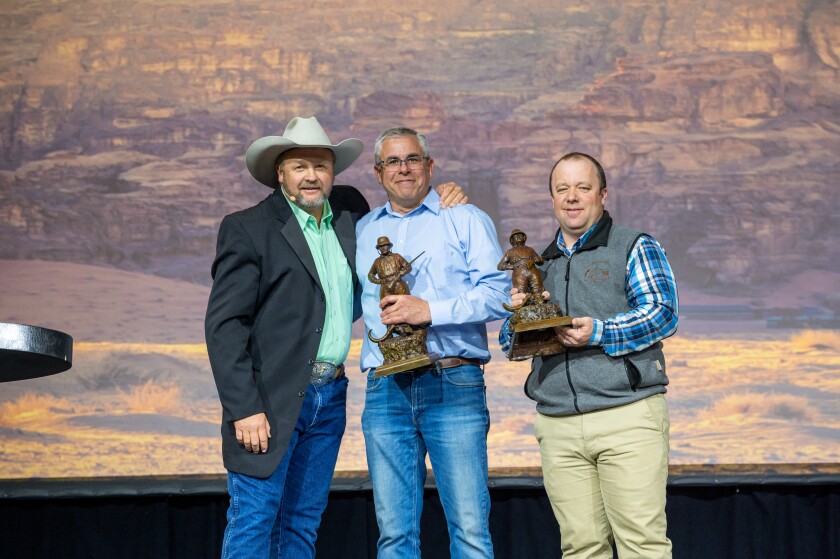Travis Hobbs
WKR
- Joined
- Mar 29, 2019
- Messages
- 762
A new Rokcast with Randy Larsen and Brock McMillan!

 www.rokslide.com
www.rokslide.com

Fewer Bucks, More Fawns? - Rokslide
Is issuing fewer buck tags growing mule deer populations? Or is it limiting growth? Lets see what the data and experts are saying!
